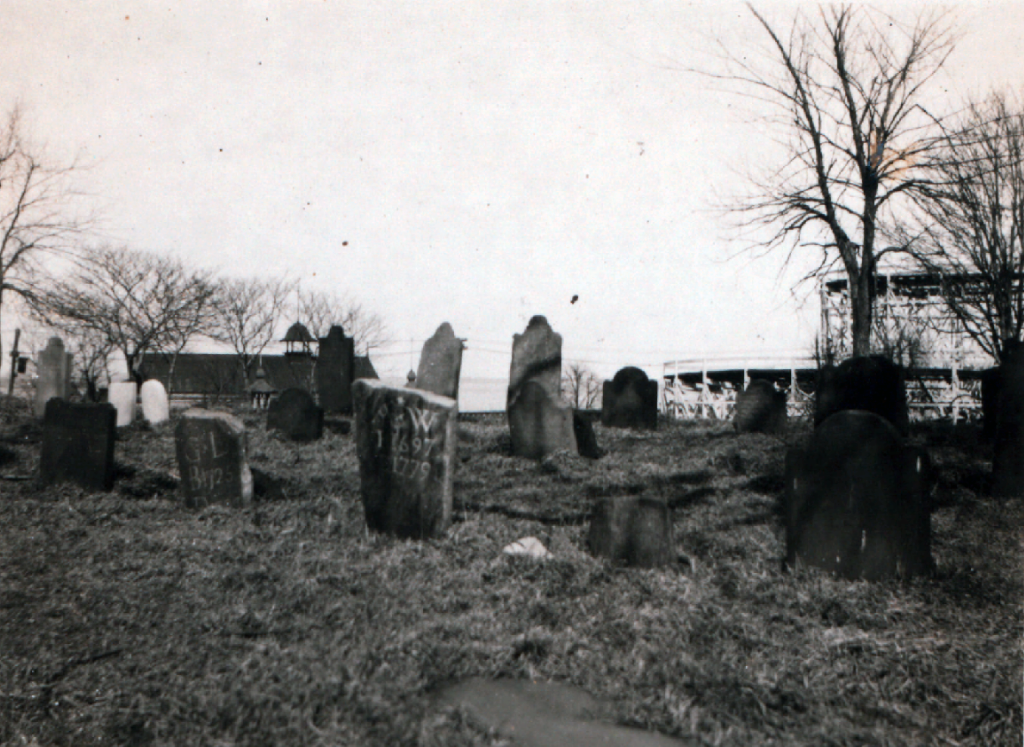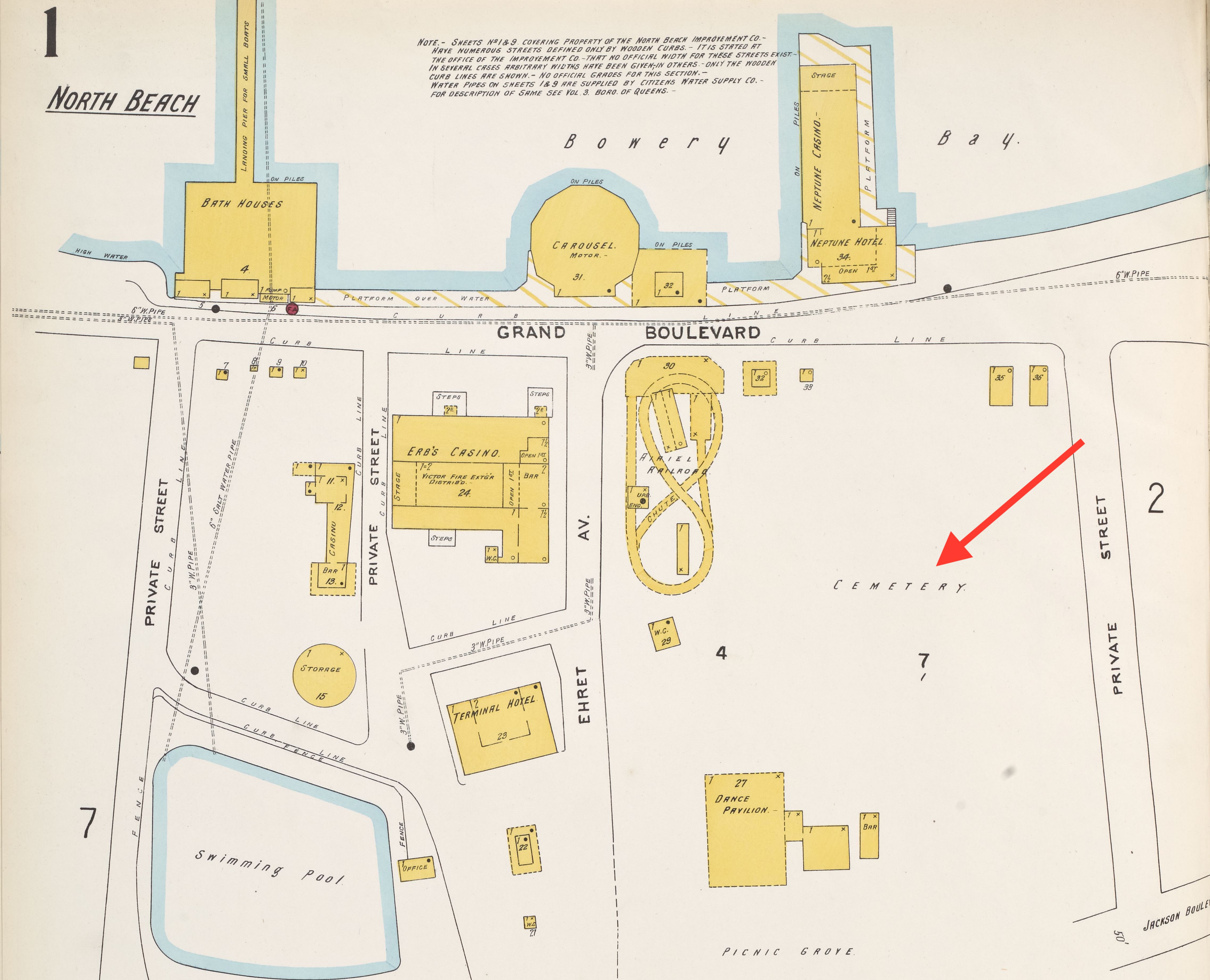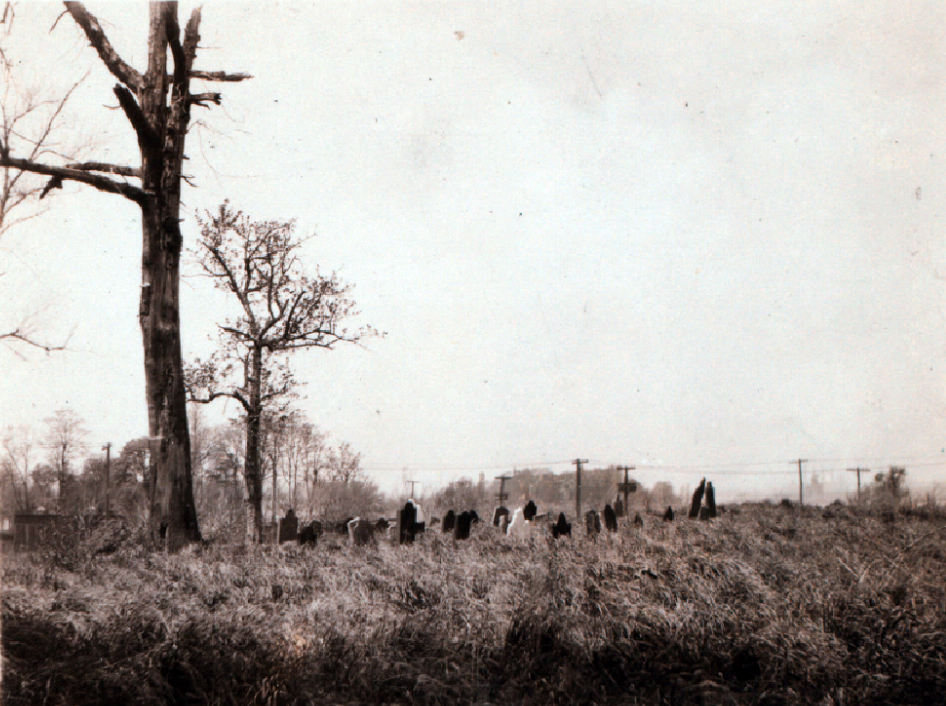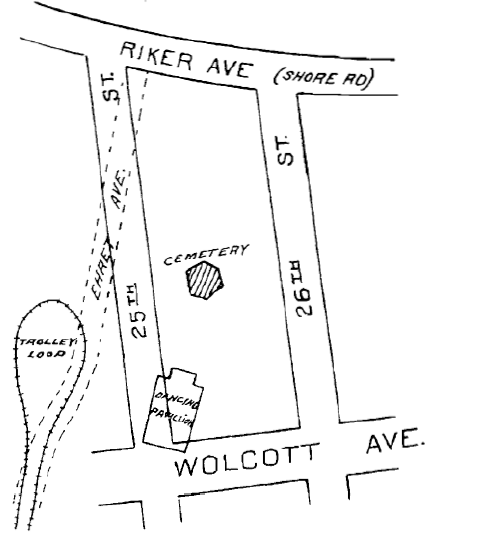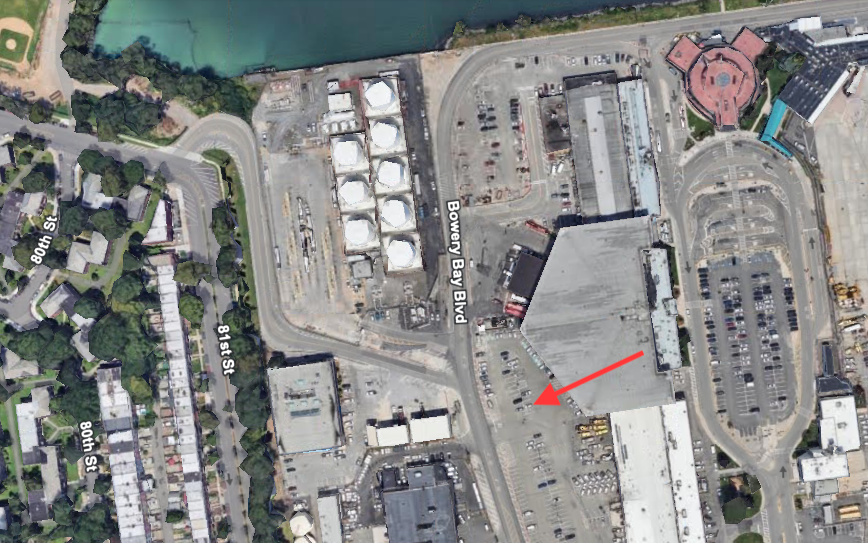
One of Staten Island’s most picturesque sites is found where Old Mill Road bends into Richmond Hill Road in the Richmondtown section of the island. Here a low stone wall separates the busy roadway from the charming Church of St. Andrew and its rolling churchyard cemetery. Reminiscent of a 12th-century English Norman parish church, St. Andrew’s was established in 1705 as Staten Island’s first English-speaking congregation and received an official charter from Queen Anne in 1712. The original stone church was completed in 1712; over the next century and a half it was damaged by fires and rebuilt several times. Finally, in 1872, the present church was constructed using the original stone walls. The property is situated in a secluded, wooded setting on a rise of land just north of Richmond Creek.

Surrounding the church building is the parish cemetery with many gravestones dating back to the Colonial period; the oldest is dated 1733. Surnames on the early gravestones include those of the area’s English settlers as well as the Dutch and French families who joined the Episcopal church. Among the notable burials is the family plot holding the remains of several relatives of Elizabeth Ann Seton, the first U.S. citizen canonized by the Catholic Church. Seton’s maternal grandfather, Rev. Richard Charlton (an early rector of St. Andrew’s) is interred here, as is her father, Dr. Richard Bayley, and her brother and sister.

Dr. Bayley was a prominent physician and his tombstone inscription is of particular historical interest. It reads: “after practicing the various branches of his Profession, with unwearied diligence and high reputation for 30 years in that City, projected the plan, and for 5 years conducted the operations of a Lazaretto on this island. Intelligent in devising and indefatigable in pursuing plans subservient to the cause of humanity, he continued to guard the public health with persevering industry, and in the midst of danger, to perform with invincible fortitude, the hazardous duties of Health Officer, until in the discharge of this important trust, he was seized with a malignant fever to which he fell a lamented victim, and thus terminated a life of great usefulness, on the 17th day of August 1801, aged 56 years.” The “Lazaretto” referred to here was the Quarantine station at Tompkinsville, which Bayley was in charge of from 1796 until he died of yellow fever contracted while caring for immigrant patients in 1801.
Over a thousand individuals have been laid to rest in St. Andrew’s Church Cemetery, which was enlarged in 1911 by the purchase of an old hotel property that was between the church site and Richmond Creek. This section of the cemetery opened for burials in 1924 and is still in use for new interments by the thriving parish of St. Andrew’s. Also in active use is the property’s newest addition—the Cemetery for All God’s Creatures, which is located at the back of the historic churchyard. Created by the church in 2004, the Cemetery of All God’s Creatures has 800 plots for the remains of animal companions and is the only pet cemetery within the five boroughs of New York City.


View more photos of St. Andrew’s Church Cemetery
Sources: Beers 1874 Atlas of Staten Island, Sec 20; The Church of St. Andrew, Richmond, Staten Island: Its History, Vital Records, and Gravestone Inscriptions (Davis et al 1925); The Church of St. Andrew Designation Report, (Landmarks Preservation Commission 1967); Church of St. Andrew, Arthur Kill, Richmond Town, NY (NY State Cultural Information System National Register Inventory Data, 2002); Realms of History: The Cemeteries of Staten Island (Salmon 2006); “Staten Island Pet Cemetery Helps Animal Lovers Find Comfort Amid Grief,” Staten Island Advance, Nov 1, 2011; The Church of St. Andrew

